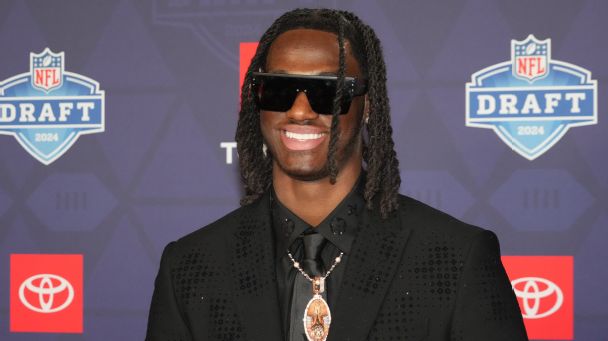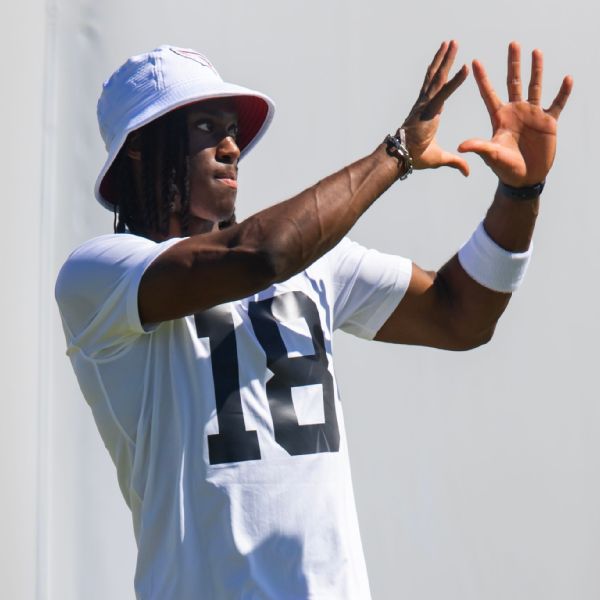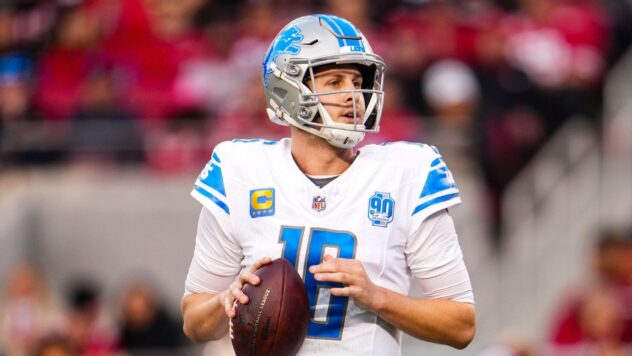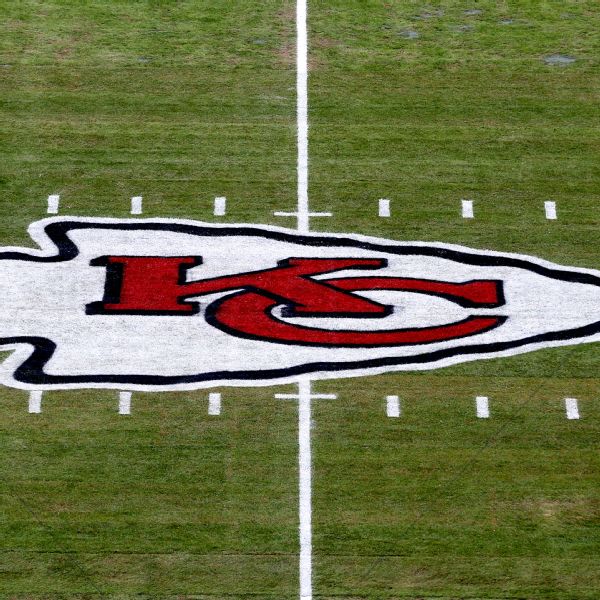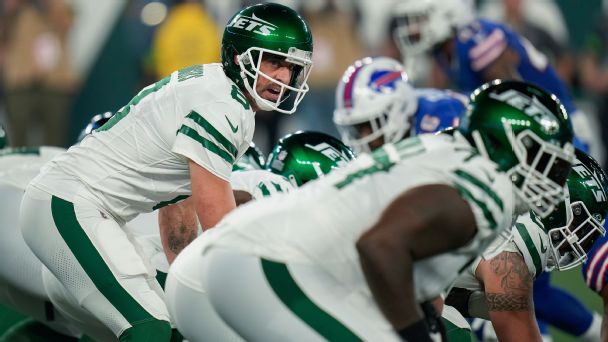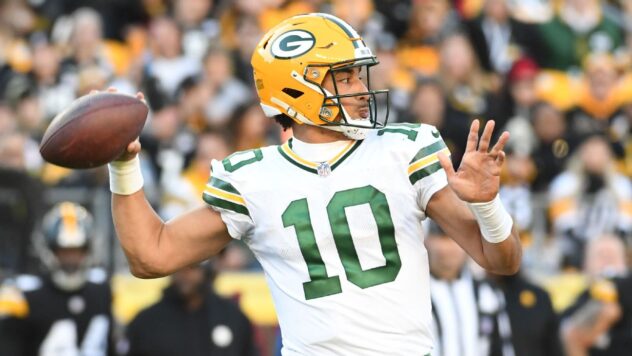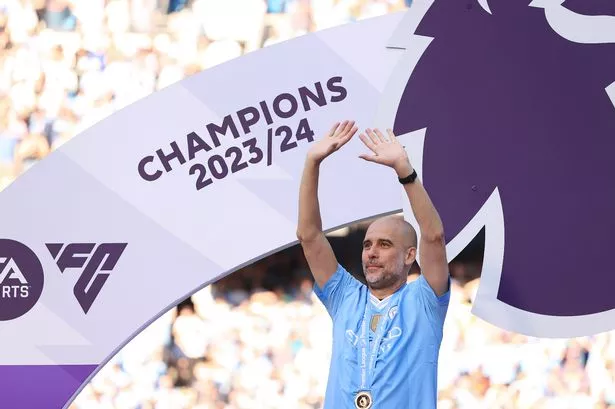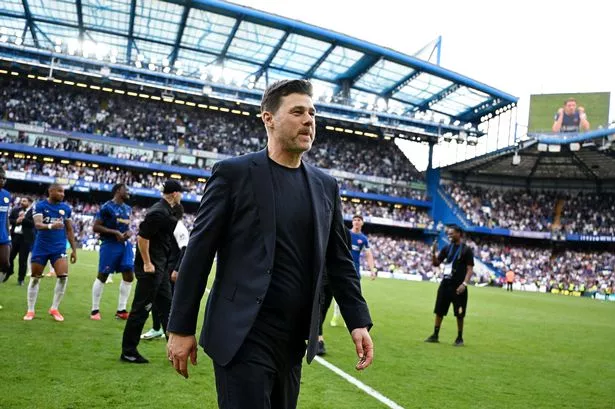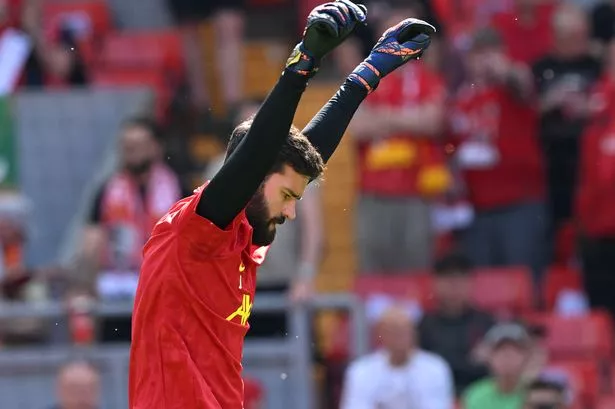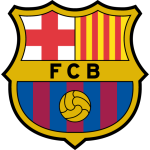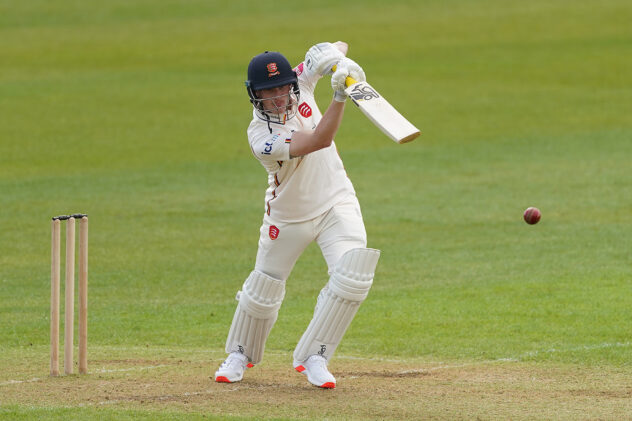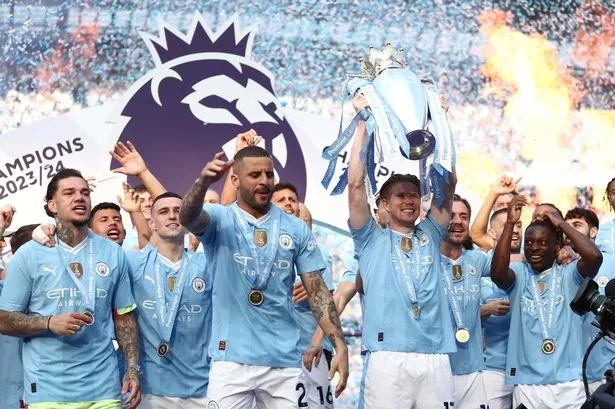How Ted Williams’ mantra helps explain Cowboys’ big vs. small school draft debate
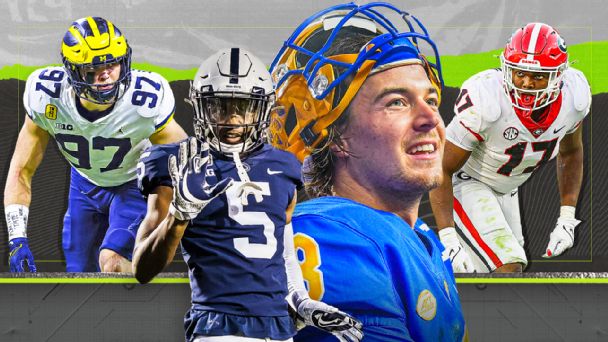
FRISCO, Texas — Jason Garrett had a picture of Ted Williams on his desk when he was head coach of the Dallas Cowboys and every spring it reminded him what mattered most when it came to the NFL draft.
The picture was from Williams’ book, “The Science of Hitting,” with seven baseballs going across the strike zone and 11 down the zone. Inside each baseball was the batting average correlated to the pitch location. Belt-high over the middle of the plate was the highest. Too high, too low, too far inside or too far outside and the numbers dropped.
Williams’ first mantra was, “get a good pitch to hit.”
“To me, that’s such a great reminder and we’re talking the greatest hitter of all time,” Garrett said. “You can take a chance and swing at a pretty bad pitch way out there and roll the dice, but you’ll have success two out of 10 times. If you take one in the middle of the plate, you’ll have success five out of 10 times.”
The analogy to the NFL draft is related to a big-school, small-school debate among the Cowboys’ decision-makers. To them, the middle-of-the-plate pitches represent players from Power 5 schools. Those pitches low and away or high and wide come from below that level.
While there are exceptions to every rule, most of the players in the NFL come from Power 5 schools, and the Cowboys have become a much more Power-5 heavy team.
According to ESPN Stats & Information, since 2014 when vice president of player personnel Will McClay took over the draft preparation, the Cowboys have made 70 draft picks with 52 coming from Power 5 schools (74%), which is right around the league average. From 2006-13, the Cowboys had 62 selections with 35 coming from Power 5 schools (56%), which ranked 30th in the league.
As the Cowboys prepare for the 2022 draft, that is a statistic that should be remembered.
“Guys in the Power 5 schools have an advantage in the evaluation process because you see them against similar level type of players and programs,” McClay said. “Smaller school players should stand out by dominating at their level or have elite physical traits for the position that can match up to players that play at the NFL level.”
Among the Cowboys’ national pre-draft visitors to The Star, 23 of the 28 players were from Power 5 schools.
“They’re the Power 5 for a reason,” executive vice president Stephen Jones said. “They’ve got some really good football players, but at the same time there are good players who aren’t in the Power 5 … I don’t think it’s been a conscientious effort to say ‘Hey, we’re going to get away from smaller schools and look at Power 5 only and that’s where we’re going to pick from.’ It’s more just our evaluation process evolving to where that’s where we’ve ended up over the past four, five, six, seven years whatever time frame that is.”
It wasn’t always that way. Throughout the history of the Cowboys, they have found some of their best players at smaller programs. Safety Cliff Harris (Ouachita Baptist) and receiver Drew Pearson (Tulsa) went from undrafted free agents to the Pro Football Hall of Fame. Tony Romo went from undrafted quarterback out of Eastern Illinois to the franchise’s all-time leader in passing yards.
Offensive tackle Rayfield Wright played basketball at Fort Valley State before becoming a seventh-round pick in 1967 and a Hall of Famer. Another Hall of Famer, Bob Hayes, was a track star at Florida A&M before the Cowboys took the receiver in the seventh round in 1964. Ed “Too Tall” Jones was the No. 1 overall pick in 1974, but he came from Tennessee State. Offensive lineman Herb Scott is one of the most underrated players in franchise history after he was a 13th round pick from Virginia Union in 1975.
Since Jerry Jones has been owner and general manager in 1989, the Cowboys have made some notable selections from small schools. Three-time Super Bowl champion Leon Lett — also their current assistant D-line coach — was the 173rd pick from Emporia State in 1991. One of the best offensive linemen in NFL history, Hall of Famer Larry Allen, was a second round pick from Sonoma State in 1994.
In 2005, the Cowboys selected DeMarcus Ware out of Troy in the first round. He became the franchise leader in sacks and is sure to be selected for induction into the Hall of Fame, perhaps as soon as 2023.
The Cowboys have spent some high picks on non-Power 5 prospects since McClay has been running the draft. In 2015, the Cowboys selected corner Byron Jones in the first round out of Connecticut. In 2018, they took linebacker Leighton Vander Esch out of Boise State in the first round. Both made a Pro Bowl in Dallas. In 2019, their first pick was Trysten Hill from Central Florida in the second round.
Most of the Cowboys non-Power 5 picks, however, have come in Rounds 4-7, although DeMarcus Lawrence (second, Boise State, 2014), Michael Gallup (third, Colorado State, 2018) are the exceptions since McClay’s ascension in the draft room.
Last year, 10 of the Cowboys’ 11 picks came from Power 5 schools. Fourth-rounder Josh Ball came from Marshall, although he started his career at Florida State.
“Players can come from anywhere and we look everywhere for players,” McClay said. “The NFL is becoming more and more about size, speed and matchups. At the end of the day we’re looking for players that have a chance to compete at this level regardless of where they come from.”

